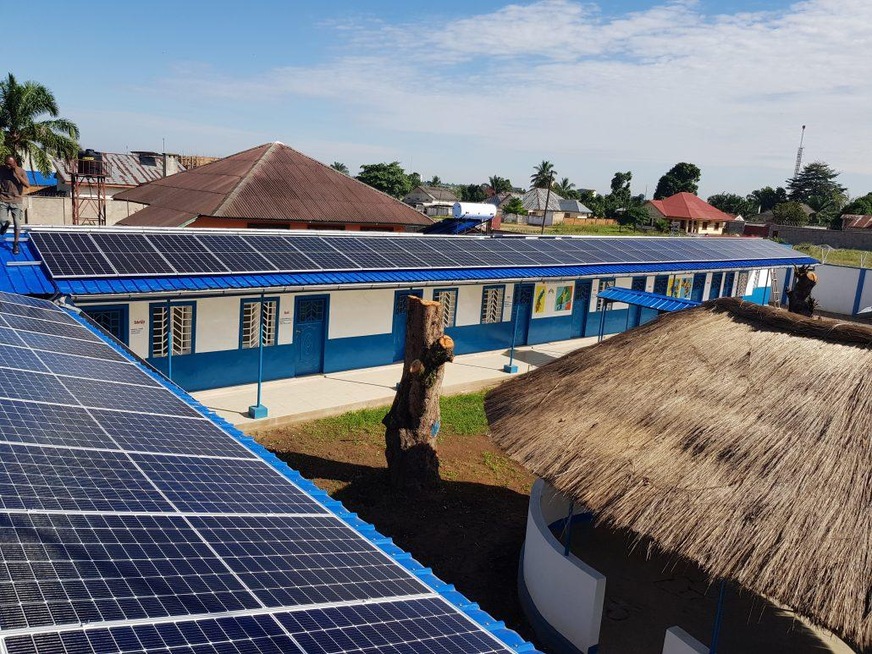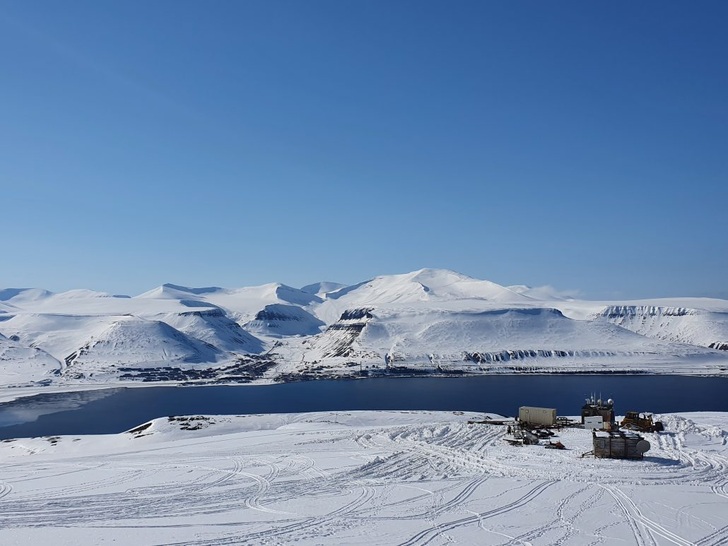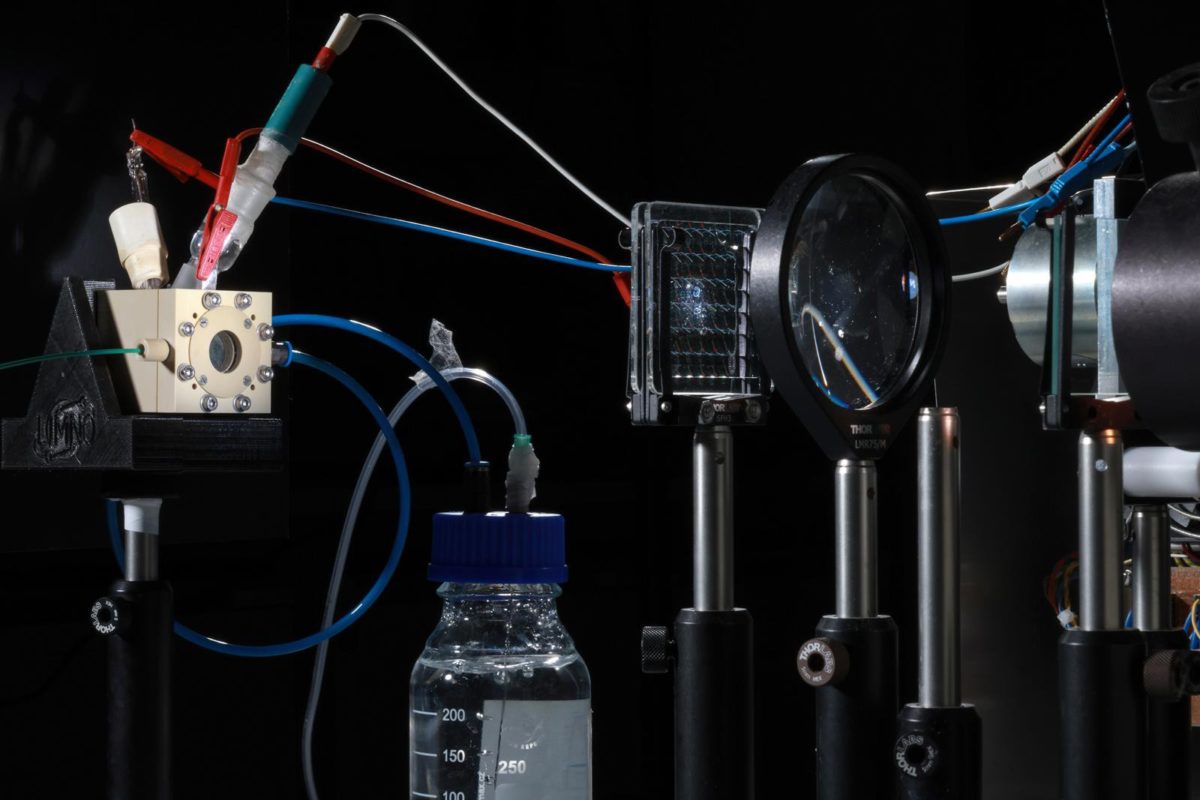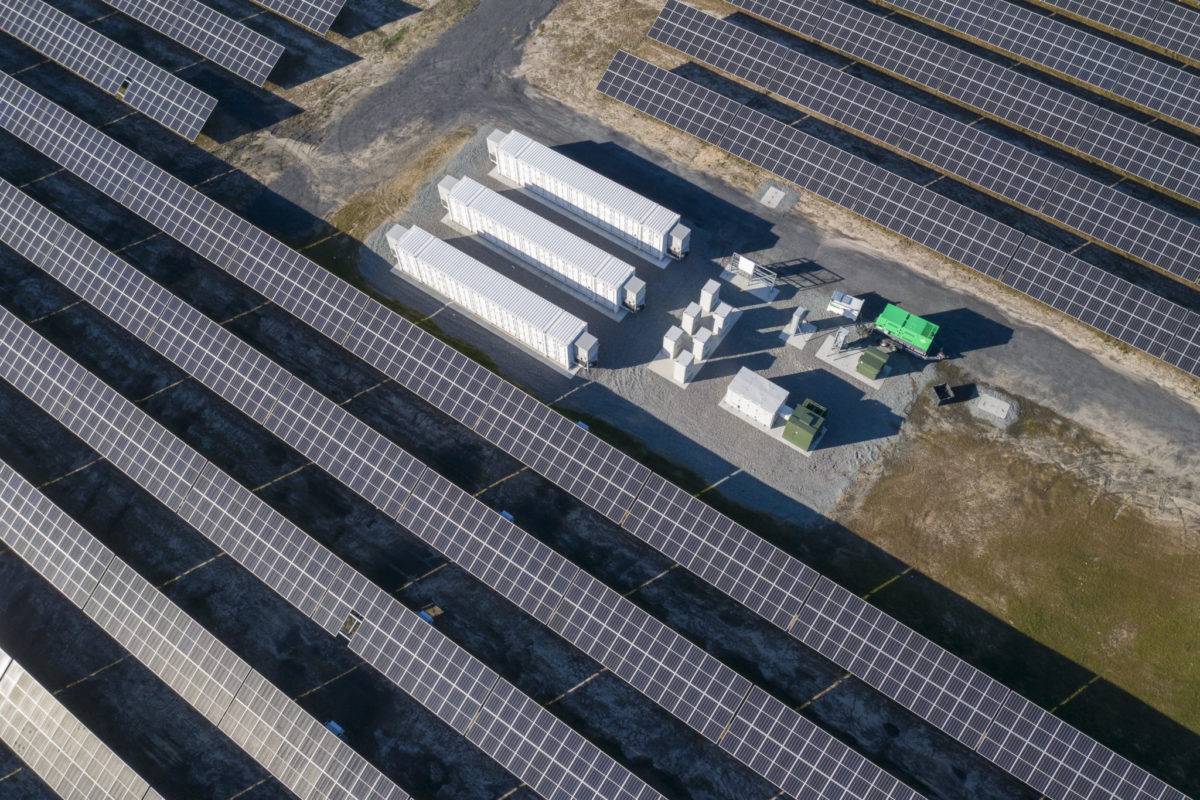https://www.pveurope.eu/solar-storage/byd-flexibility-key-energy-storage-systems
Flexibility key for energy storage systems
Most battery systems for energy storage are developed for a specific purpose, such as self-consumption or emergency energy backup. This leads to a relatively narrow field of application options per system. For distributers and installers this causes a number of challenges – from training needs and investments into certifications, to different delivery supply-chains for a variety of systems. Before checking out what features help to ensure an extremely high system flexibility and adaptability let’s take a look at some application examples.
From the Arctic Circle to Central Africa
When looking for challenging environments, application examples can’t go much more extreme than the northernmost installation of the Battery-Box. Our partner Power Contact AS shared this quite literally “cool” project example from the high Arctic. His company had been tasked with finding a suitable pv and energy storage solution to support the off-grid energy supply for a remote research station on Svalbard, an archipelago in the Arctic Ocean – 78°North.
The remote location demanded an extremely reliable, durable and safe system as getting technical support practically to the North Pole would not be easy. The sub-zero temperature conditions also had to be taken into account. After reviewing solution options the team decided to pair the pv solution with two BYD Battery-Box Premium LVL 15,4kWh systems and Studer Innotec inverters. For this implementation not only the reliability of the system and its off-grid functionalities were key, but also the flexibility to combine the system with a suitable inverter. This way it is possible to remotely monitor all important parameters and status data. The system has been performing flawlessly since its installation.
Reliable energy access to help tackling global challenges
From the far north to the deep south. Installers in Africa are faced with unreliable power supply or off-grid locations in combination with high temperatures and other environmental challenges in most of their application scenarios. The United Nations World Food Program (WFP) has stepped up its emergency operation in the Democratic Republic of Congo to prevent famine in the Kasai region beset by ethnic and political conflicts. To support its operations the agency decided to acquire a hybrid solar system with a very large energy storage capacity to supply its team’s base in Kananga, the capital of the province of Kasaï-Central, in the center of the country with a population of 2 million inhabitants.
The local project team of GoShop worked together with Fronius and Victron to supply the project with 136 photovoltaic solar panels of 450w, each making a total peak power of 61,200 Wp. An around the clock energy supply is secured through 50 BYD Battery-Box Premium LVS module with 4.0 kwh each connected in parallel for a total storage capacity of 200 kWh. Six Victron Quattro inverter-chargers provide a total power of 90 kW, and two Fronius Eco supply 27Kw each.
For this project the local installers needed a preferably modular system that could be scaled-up to cover the high energy storage demand for this specific project. Due to critical nature of the project, they also needed a solution that allowed potential technical issues to be isolated and easily identified. As each LVS module includes a battery management system (BMS) this could be easily implemented, and the system runs trouble-free. The system contributes to the successful execution of WFP's mission in this central region of the country, providing reliable energy supply for the personnel, workshops and housing.
Commercial positioning though sustainability
The eco-hotel “Grüne Elster” (green magpie), based in Fürth in southern Germany, combines maximum comfort with high ecological standards. It was not just the owners' personal interest in sustainability and the hotel's location on the edge of a nature reserve, but also the aim for energy independence and the growing interest of guests in making trips and stays more sustainable that inspired Helmut Weißig to develop a forward-thinking energy concept for his hotel. He decided to combine a PV roof system and a geothermal heat pump with an energy storage system. The system should not only ensure the hotel's electricity and heat supply, but also feed electric charging stations for the cars of guests and employees.
The system choice sees a combination of three Battery-Box Premium HVM systems with Kostal inverters to regulate the energy storage from the 72,105 kWp PV system. The hotelier was particularly impressed by the high efficiency of the high-voltage storage solution and the ability to expand the system at any time in case the energy demand should change in the future. The system also supports the high level of automation with which the future-oriented energy concept of the eco-hotel enables smooth operation and ensures the comfort of the guests.
Key features of a Universal Design
The advantages of an extremely flexible and adaptable design of a storage system are apparent: installers don’t need to familiarize themselves with multiple solutions, safe time and investments with regards to trainings and certifications, and can address a wide variety of customer demands with one system series. When deciding on a system to cover these needs, there are a number of key features that should be considered:
A modular design, that can cover wide capacity range
The system should also allow for extensions at any time, which means the vendor should assure that additional modules and components should be available over a long period of time – even if the product is being phased out
An easy installation based on general product simplicity and flexibility is helpful to limit the need for training and a speedy on-site installation. The system features should ideally provide capabilities for a wide variety of application scenarios – from on-Grid and energy backup to off-Grid

BYD
Compatibility with a variety of different inverters is key in being able to address different application scenarios (1-/3-phase; backup / UPS; off-Grid; AC / DC; high and low voltage….); The proof for extensive tests and compatibility certifications makes sure the solutions work perfectly together and should also cover every new Firmware update
The partnership between the system providers of the battery system, inverters etc., should also cover the service experience.
The system should also offer a high protection class against environmental impacts and cover a wide temperature range
In addition to these features for maximum flexibility, the general system performance such as a high efficiency, reliability, lifetime expectations or safety design should of course also be taken into account.
Great variety of applications
“Based on intense research and engineering the Battery-Box Permium series was designed to eliminate the gap, between mainstream batteries for common use cases, and special or new applications scenarios with special requirements. The systems cannot only be used for On-Grid and Backup cases, but also for Off-Grid applications – even in extreme environments across the world”, says Julia Chen, Global Director BYD Battery-Box.
Did you miss that? Up to three battery stacks can now be combined
“With this design the system can address a great variety of application scenarios – from a western European residential home, a forward-looking hotel, to an organizational base or a hospital in rural Africa or even a research station in the Arctic. A track record of more than 200.000 systems in place does not only verify the system’s reliability but also the flexibility which allows our partners to adapt the system to their specific cases.” (hcn)
Also interesting: Hevel to complete first hybrid off-grid PV in Arctic region




